How to start Biofloc fish farming?
Struggling with high water usage and low yields in traditional fish farming? Imagine a system that recycles nutrients and boosts productivity. Biofloc offers a sustainable and profitable solution.
To start Biofloc fish farming, you need to set up a tank with proper aeration, introduce a carbon source to cultivate beneficial microbial flocs, and then add your fish or shrimp. This system cleans the water while providing a supplemental food source for your stock.
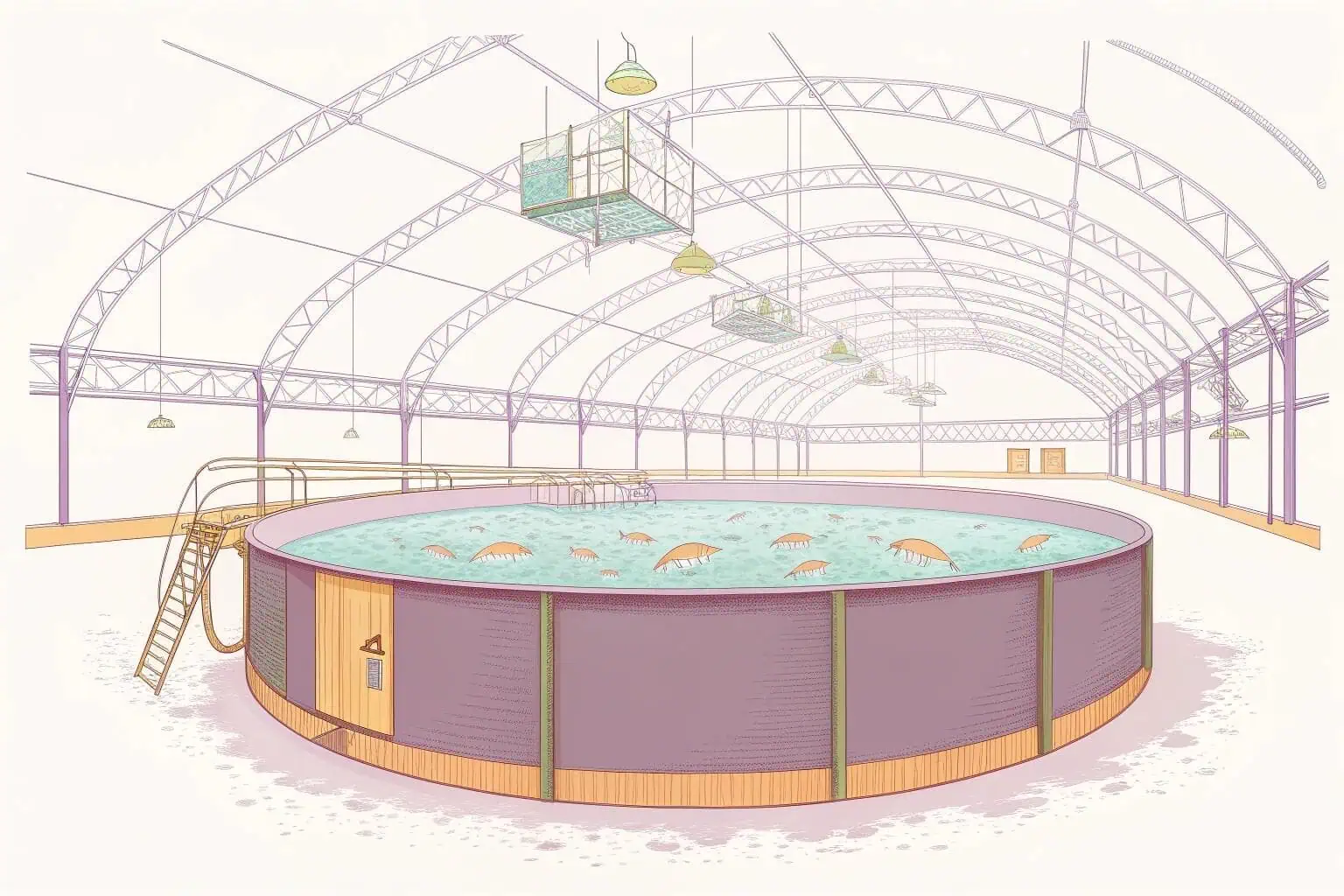
I've seen firsthand how this technology transforms aquaculture. It's a game-changer, especially where water is scarce. But getting started can seem daunting. Let's break down the process step-by-step, so you can confidently launch your own Biofloc farm.
How do I start a BioFloc fish farm?
Feeling overwhelmed by the technical details of setting up a Biofloc system? You're not alone. Many aspiring farmers find the initial steps confusing, delaying their start in this profitable venture.
Starting a Biofloc farm involves selecting a suitable tank, installing an aeration system, preparing the water with a carbon source like molasses, and introducing your chosen species like tilapia or shrimp. Consistent monitoring of water quality is key to success.
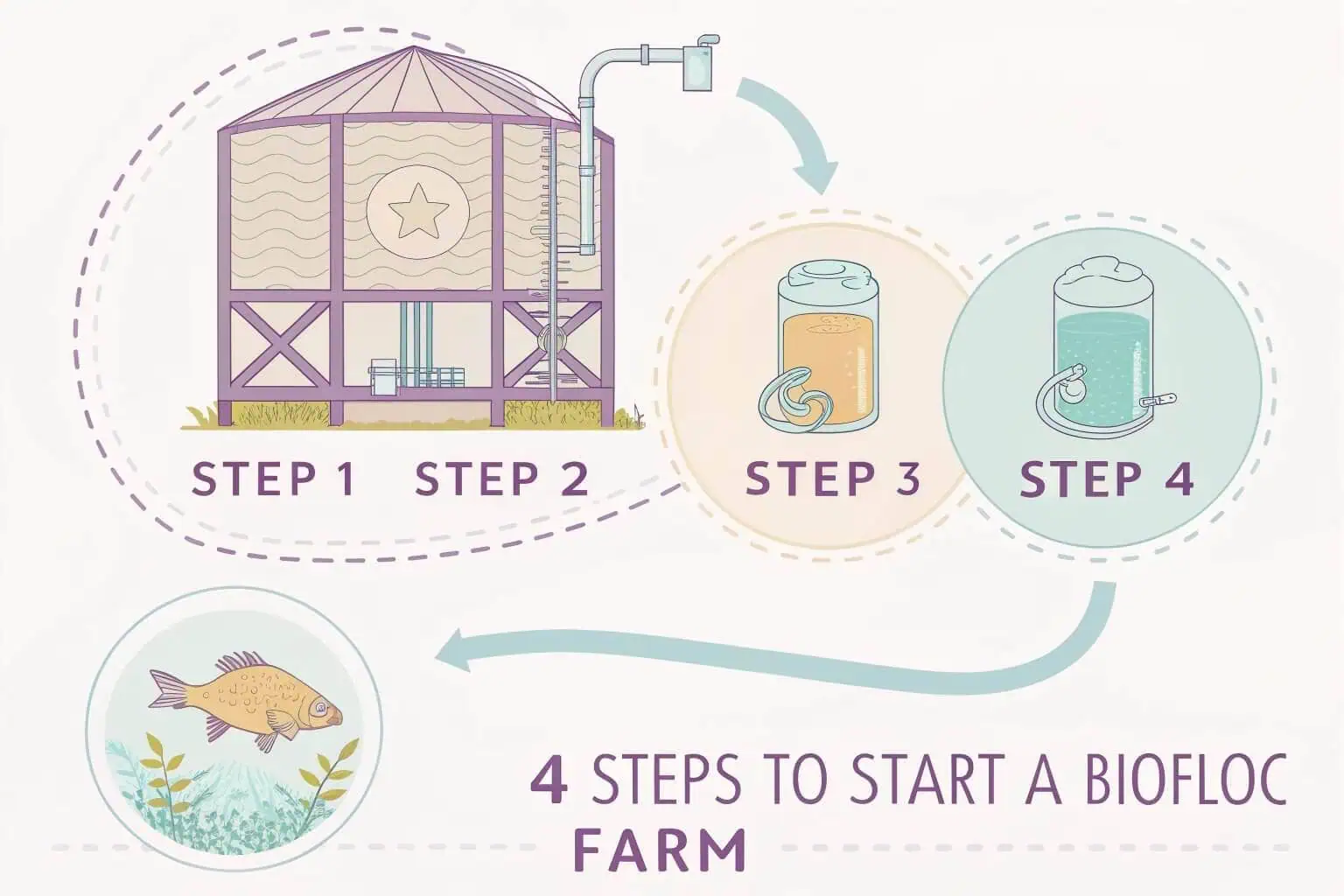
Let's dive deeper into the setup process. It's more than just filling a tank with water. You are creating a living ecosystem. As someone who has guided many new farmers, I know that getting the foundation right is everything. I remember my first attempt; I was so eager that I nearly skipped the water preparation phase1. That would have been a disaster. The key is patience and following the steps methodically. This isn't just farming; it's about becoming a manager of a miniature aquatic world, and that requires a thoughtful approach from day one.
Step 1: Tank and Liner Selection
Your first decision is the tank. I recommend our Bancy collapsible fish tanks2. They are durable, easy to set up, and come in various sizes. You can choose from galvanized pipe, galvanized sheet, or plastic frames depending on your budget and scale. A good quality liner is crucial to prevent leaks and ensure the longevity of your setup. Think of the tank as the home for your fish; it needs to be secure and stable.
Step 2: Aeration System
Biofloc systems require constant oxygen. The bacteria and your fish both need it to thrive. You'll need air pumps and diffusers3 to ensure the water is well-aerated 24/7. I cannot stress this enough: power outages can be catastrophic. A backup power source, like a small generator, is not a luxury but a wise and necessary investment to protect your stock.
Step 3: Water Preparation
This is where the magic happens. You'll add a carbon source (like molasses or tapioca flour) and a nitrogen source (probiotics or even water from an established floc system) to kickstart the growth of beneficial bacteria. This process typically takes a couple of weeks before you can introduce your fish. It's a waiting game, but it's the most critical phase for building a healthy, self-sustaining environment.
| Component | Purpose | Example |
|---|---|---|
| Tank | Holds the water and fish | Bancy Collapsible Fish Tank |
| Aeration | Provides oxygen | Air pumps, diffusers |
| Carbon Source4 | Feeds the bacteria | Molasses, sugar |
| Probiotics5 | Introduces good bacteria | Commercial probiotic mix |
What is the cost of BioFloc?
Worried that innovative farming means expensive farming? The initial investment for Biofloc can seem high, but understanding the breakdown reveals a path to high returns and long-term savings on feed and water.
The cost of Biofloc farming varies by scale, but key expenses include the tank, aeration system, water testing kits, and initial stock. While setup costs can range from a few hundred to several thousand dollars, operational costs are lower than traditional methods due to feed savings.
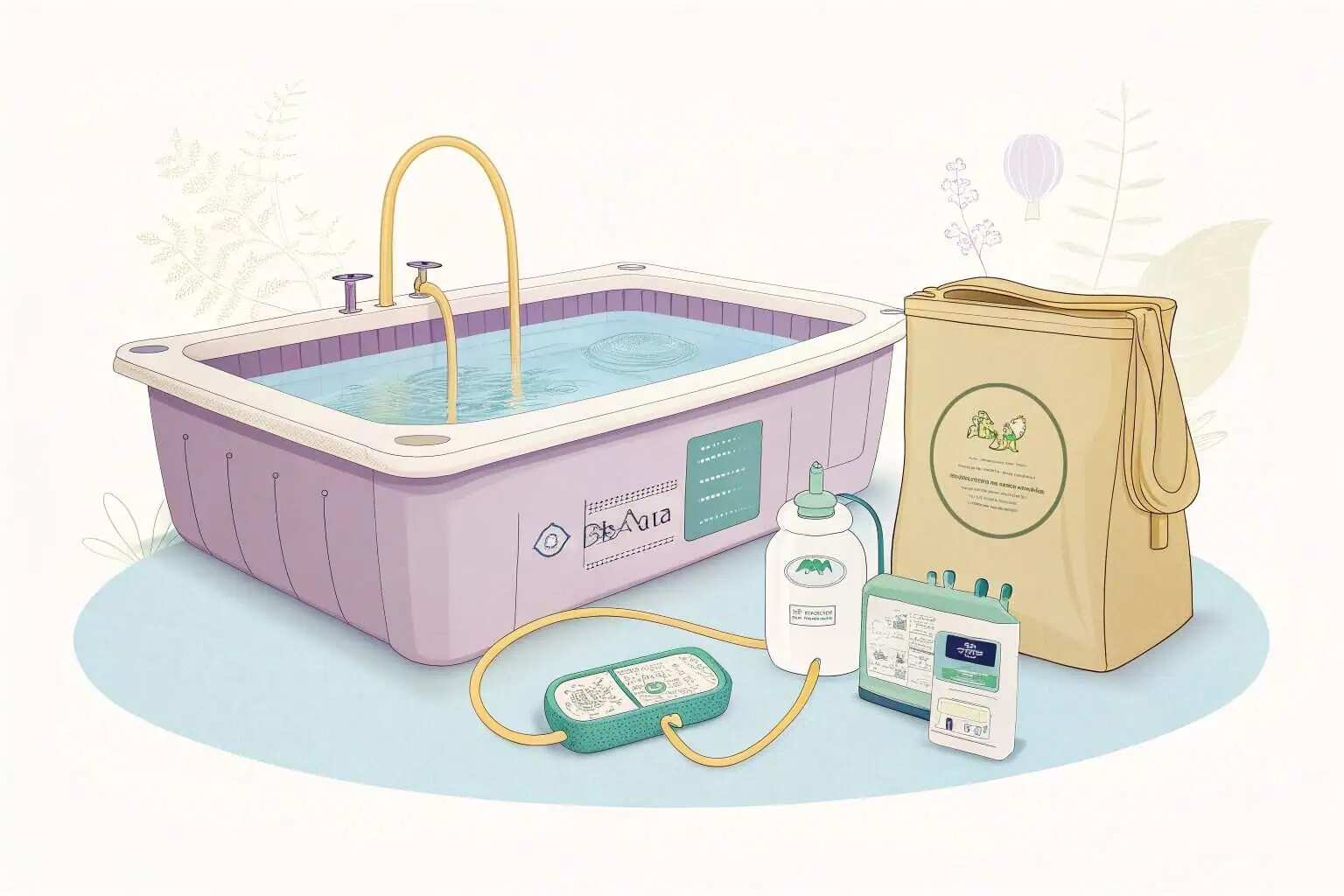
Breaking down the costs helps in planning. The initial outlay is the biggest hurdle for most people I talk to, but I always tell them to think of it as an investment in a highly efficient production system6. You are front-loading your costs to save money down the line. I remember a client who was hesitant about the price of a good aeration system. He later told me it was the best money he ever spent, as it directly translated to healthier fish and a much lower feed bill, paying for itself in just two cycles.
Initial Investment (Capex)
This is your one-time setup cost. The biggest ticket item is the tank. Our Bancy tanks offer a great balance of cost and durability, making them a solid choice. Next is the aeration system7, which is non-negotiable for a healthy floc. You'll also need reliable testing kits for pH, ammonia, and nitrite. Don't try to save money on testing; bad data is worse than no data.
Operational Costs (Opex)
These are your recurring expenses. The good news is that Biofloc significantly reduces feed8 costs, as the flocs provide a constant source of protein-rich food for your fish. Your main operational costs9 will be electricity for the pumps, the carbon source to maintain the floc, and fish or shrimp fingerlings for each cycle. Water costs are almost negligible compared to traditional ponds.
| Item | Biofloc10 Cost (Approx.) | Traditional Cost (Approx.) |
|---|---|---|
| Tank (10,000L) | $500 - $1,500 | $300 - $1,000 (e.g., pond) |
| Aeration | $200 - $500 | Minimal |
| Feed (per cycle) | $150 | $400 |
| Water (per cycle) | Minimal | High |
While the initial cost might be higher, the lower running costs and higher stocking density mean you can achieve profitability much faster.
How much money to start a fish farm?
Dreaming of starting a fish farm but unsure about the financial commitment? The total startup capital can be a major barrier, preventing many from turning their passion for aquaculture into a business.
To start a small-scale Biofloc fish farm, you might need between $1,000 and $5,000. This covers the tank, aeration, initial stock, and operational costs for the first cycle. The exact amount depends heavily on your location, scale, and choice of equipment.
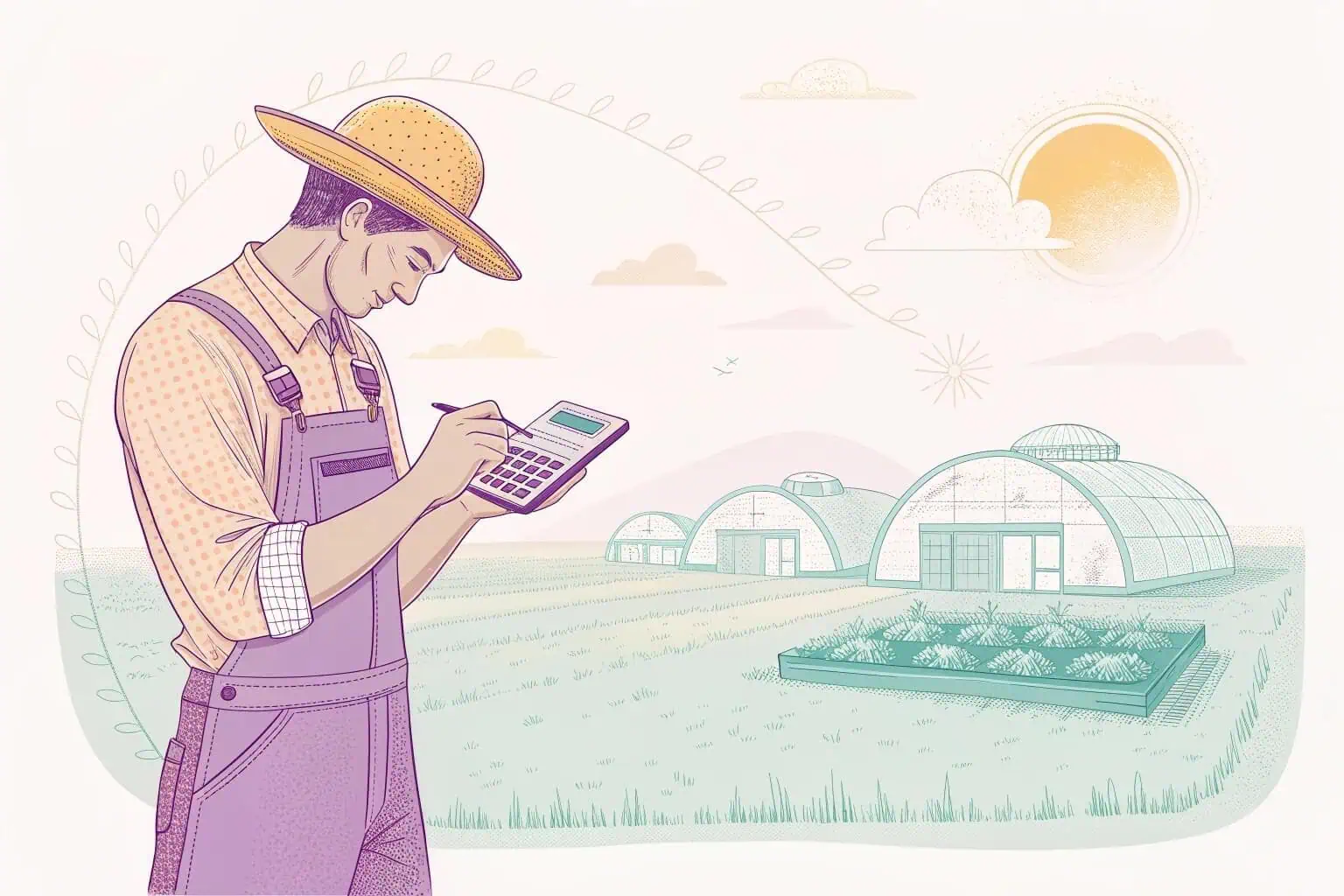
Let's get more specific about the money. My strongest advice is always to start with a pilot project11. Don't try to build a massive farm from day one. I've seen too many enthusiastic entrepreneurs fail because they scaled too quickly before they truly understood the system's nuances. Start small, learn the ropes, prove the concept, and then expand. This approach builds confidence and a solid foundation for long-term success. Your first harvest is your proof of concept, not your retirement fund.
The Pilot Project Budget
For a single 10,000-liter Bancy tank, here's a potential budget to get you started:
- Bancy Collapsible Tank12: $700
- Aeration System (pump, tubes, stones): $300
- Water Quality Test Kits13: $100
- Initial Stock (e.g., Tilapia fingerlings): $150
- First Cycle Supplies (carbon, probiotics, etc.): $100
- Contingency (15%): $200
- Total Estimated Startup14: $1,550
Scaling Up
Once your pilot project is successful and you've sold your first harvest, you can reinvest the profits. The beauty of our modular Bancy tanks is that scaling up is straightforward. You can add more tanks as your budget and confidence grow. The key is to let the farm fund its own expansion15. This minimizes financial risk and allows you to master the technique before making a larger investment. Remember, your first goal isn't to make a huge profit; it's to prove the model works for you, in your specific environment.
What are the requirements for BioFloc?
Ready to jump into Biofloc but worried you might be missing something crucial? The success of your farm depends on meeting a few key requirements, from technical gear to personal knowledge and commitment.
The key requirements for Biofloc are a suitable tank, a reliable aeration system, a consistent power supply, and basic water quality testing equipment. Equally important is the knowledge to manage the carbon-to-nitrogen ratio and maintain a healthy, stable microbial community in the water.
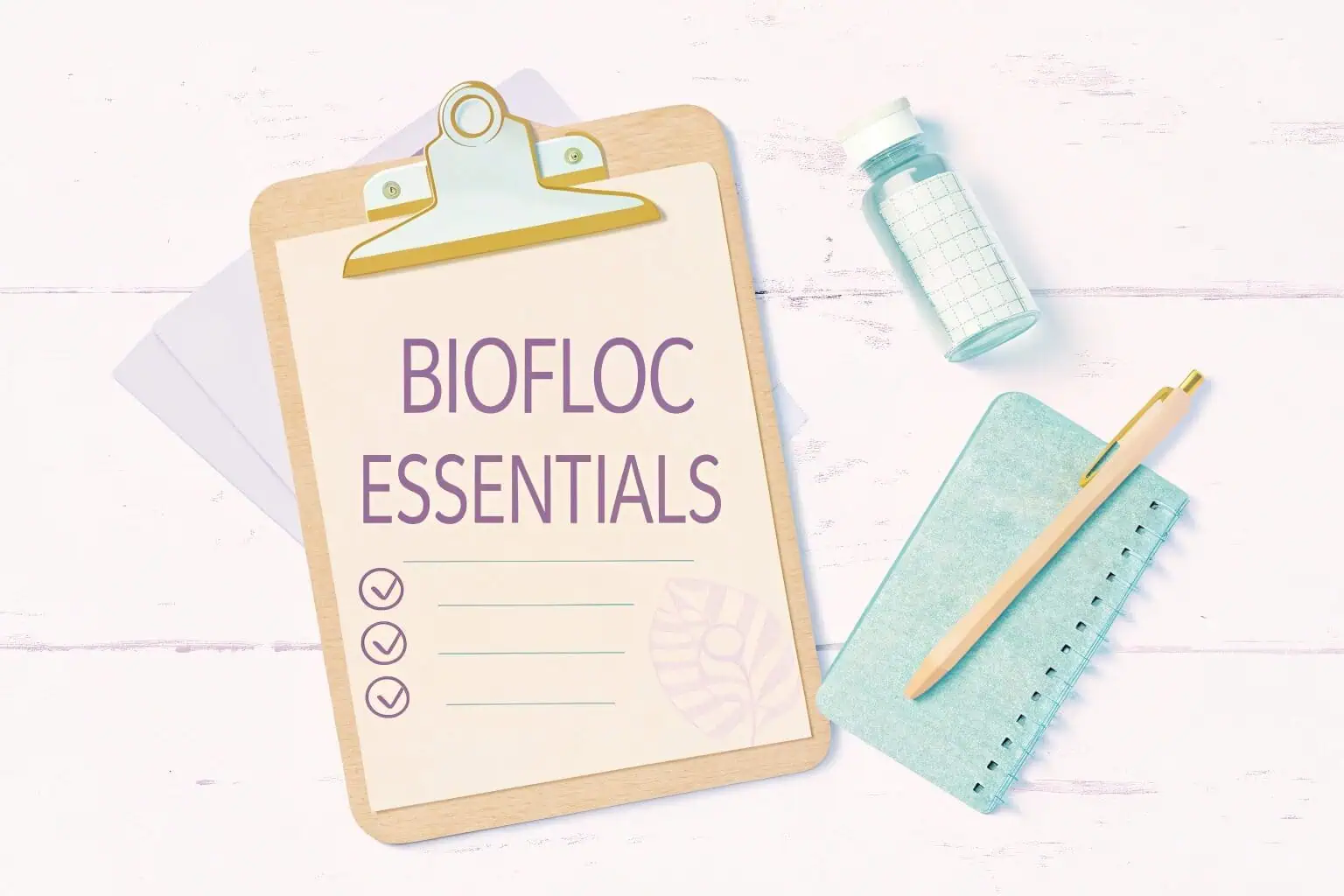
Success in Biofloc isn't just about having the right equipment; it's about having the right knowledge and commitment. I've seen many people fail because they bought all the gear but skipped the learning phase. This is a biological system16, not a mechanical one. It requires your attention and understanding. You have to be willing to be a student of the system. It's a fascinating process, and the more you learn, the more successful you will be. The system rewards those who are observant and proactive.
Technical Requirements
These are the physical items you need to have in place before you start.
- A Watertight Tank17: This is non-negotiable. Our Bancy tanks are perfect for this, as they are designed for aquaculture.
- Continuous Aeration18: The system needs oxygen 24/7. I'll say it again: a backup generator is highly recommended.
- A Carbon Source: Molasses, sugar, or tapioca flour are common and effective choices.
- Testing Kits: You must be able to test for pH, ammonia, nitrite, and dissolved oxygen accurately.
- A Sheltered Location: This protects the tank from extreme weather, falling leaves, and debris, helping you maintain a stable environment.
Knowledge Requirements
This is the most important part. You can have the best equipment in the world, but without the right knowledge, you will likely fail.
- Understanding the C:N Ratio19: You need to know how to calculate and maintain the carbon-to-nitrogen ratio to cultivate the right kind of bacteria.
- Water Quality Management20: You must learn what the test results mean and how to correct imbalances before they become big problems.
- Patience and Observation: Biofloc is a living system. It takes time to establish, and you need to observe your tank daily to spot any issues early. Your eyes are your most important tool.
Conclusion
Starting a Biofloc farm is an exciting journey into sustainable aquaculture. It's challenging but rewarding, offering high yields with minimal resources. With the right knowledge and equipment, you can succeed.
-
Exploring the significance of the water preparation phase can prevent costly mistakes and ensure a healthy start for your farming venture. ↩
-
Explore the advantages of Bancy collapsible fish tanks for durability and ease of setup, perfect for any fish enthusiast. ↩
-
Understanding the function of air pumps and diffusers is crucial for maintaining a healthy aquatic environment. ↩
-
Discover the most effective carbon sources to enhance beneficial bacteria growth, ensuring a thriving aquarium environment. ↩
-
Learn how probiotics can improve your aquarium's health by introducing beneficial bacteria, leading to a balanced ecosystem. ↩
-
Learn about the advantages of a highly efficient production system and how it can lead to significant cost savings over time. ↩
-
Learn why an aeration system is crucial for maintaining a healthy aquatic environment and ensuring optimal growth. ↩
-
Explore this link to understand how Biofloc feed can lower costs and improve fish health, enhancing your farming efficiency. ↩
-
This resource will provide insights on effectively managing operational costs, ensuring your aquaculture business remains profitable. ↩
-
Explore this link to understand how Biofloc can revolutionize your fish farming by reducing costs and increasing efficiency. ↩
-
Understanding pilot projects can help you minimize risks and validate your ideas before scaling. ↩
-
Explore this link to understand how a Bancy Collapsible Tank can optimize your aquaponics setup. ↩
-
Learn why maintaining water quality is crucial for the health of your aquaponics system. ↩
-
Explore this link to understand the financial aspects and planning for aquaponics startups. ↩
-
Discover strategies for self-funding farm expansion to minimize risk and ensure sustainable growth. ↩
-
Learn about biological systems to appreciate their complexity and improve your approach to Biofloc management. ↩
-
Explore this link to find top-rated watertight tanks that ensure optimal conditions for your aquaculture setup. ↩
-
Learn about the critical role of continuous aeration in aquaculture systems and how it impacts fish health and growth. ↩
-
Understanding the C:N Ratio is crucial for successful biofloc management, ensuring optimal bacteria growth. ↩
-
Effective Water Quality Management is essential to prevent issues in aquaculture, ensuring a healthy environment for aquatic life. ↩